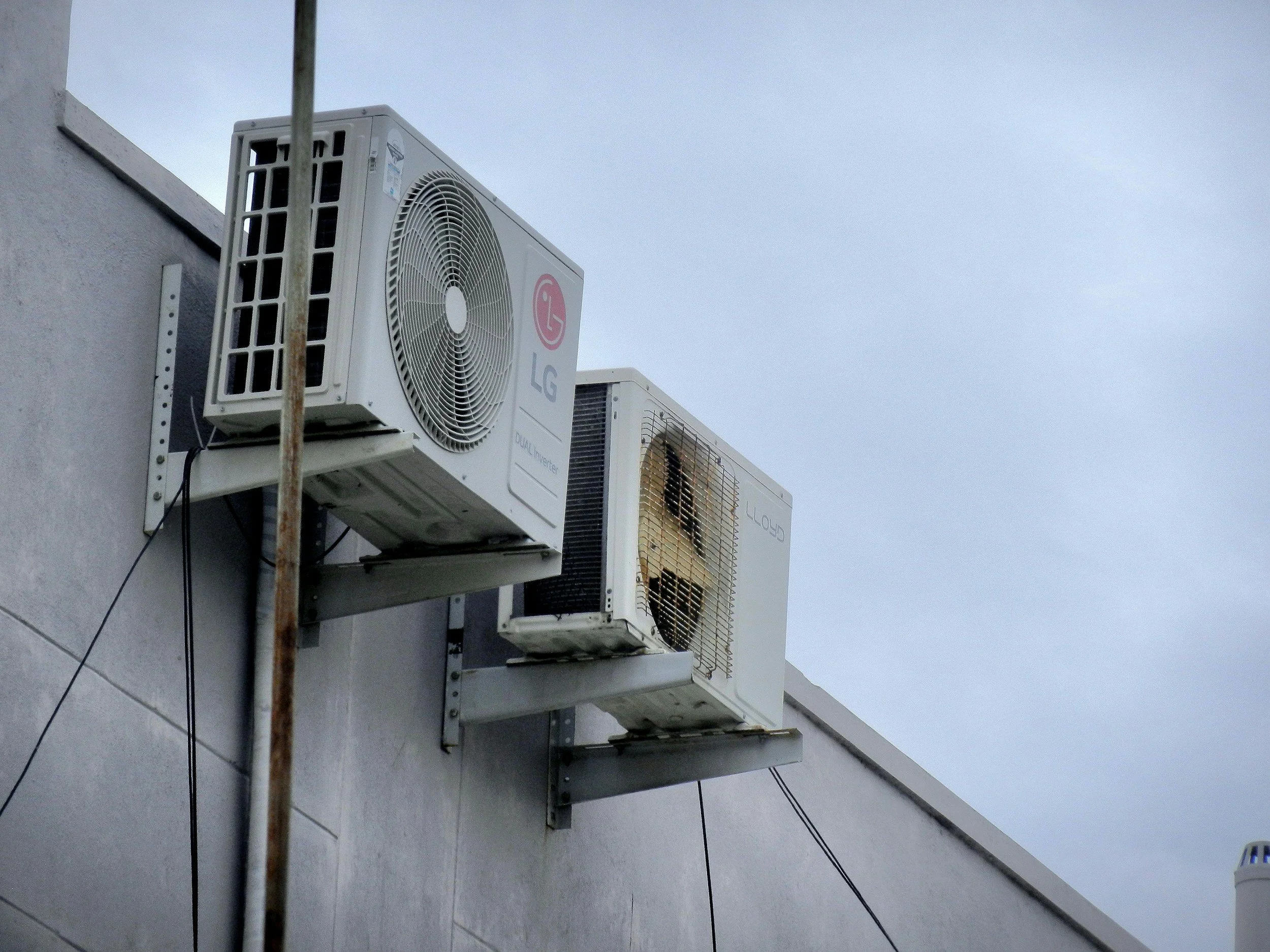Useful Tips On How To Roast Meat The Right Way Without Burning It
By PAGE Editor
Roasted is one of the healthy ways of cooking meat, however, like any other cooking method, there are several things to know in order to avoid ruining your meats. Roasting meat is a process that requires you to monitor the cooking time and temperature in order to cook your meat without burning it. There are multiple ways of doing this, some are better than others. It's pretty easy, but if you're not careful, things can go south quickly. Here are some tips on how to avoid making mistakes when roasting meat!
Bring Meat to Room Temperature Before Roasting
In order to roast meat with minimal fuss, it is essential that you bring your food to room temperature before roasting. Tempering the meat like this will allow for even cooking and prevent burnt edges and a rare center. Doing this ensures that the meat has an even temperature gradient from the middle to the edges which is important for even cooking.
You can temper meat by taking it out of the fridge at least a half-hour before you intend to roast it. If you have time, take the meat out and let it sit on a countertop for a bit longer so that there is no chance of foodborne illness from undercooked meat. However, if you are short on time just make sure that the meat is not cold when you start to roast it.
Know Your Cuts of Meat and Rest Meat After Roasting
Not all cuts of meat are the same, and not all of them should be roasted in a similar manner. Roasting a whole pig or pork loin roast should be done at a higher temperature for a shorter amount of time than a beef roast.
Do pay attention to the cut of meat that you are roasting and consult a cookbook or online guide for the best way to roast it. Knowing your cuts of meat can help to prevent mistakes and make the process a whole lot easier. Make sure that you are familiar with the different types of meat and how to cook them properly before you attempt to roast them.
Remember to rest your meat after it comes out of the oven. Putting a roast on a hot platter will cause the juices inside to flow towards the edges rather than evenly throughout. When you allow a roast to stand for about 10 minutes before carving, its juices will redistribute more evenly so that every part of the meat is equally succulent.
Choose Appropriate Temperature and Time
The next step is to select the right temperature and time for your roast. The general rule for roasting meat is to cook it at a temperature that is about 25 degrees Fahrenheit higher than the desired internal temperature of the meat. For rare meat, set the oven to 225 degrees Fahrenheit. For medium-rare, set the oven to 250 degrees Fahrenheit. For well-done meats, set the oven to 275 degrees Fahrenheit.
In addition, you should also take into account the thickness of your cut of meat when determining how long to roast it. A thin piece of meat will cook much faster than a thick-cut, so you'll need to adjust your cooking time accordingly. The general rule is that meat should be roasted for about 20 minutes per pound, but this can vary depending on the cut of meat, the oven temperature, and other factors.
Choose Your Tools Correctly
The type of roasting pan that you use can also affect the outcome of your roast. A shallow roasting pan with higher sides will help to prevent burnt edges, while a deep roasting pan will give the meat more space to cook evenly. Similarly, the thickness of the roasting rack that you use can also affect your results.
A thin roasting rack will transfer heat to the bottom of the meat as well as from below, which may cause burnt edges. Using a thicker roasting rack helps to prevent this by insulating the meat and preventing it from cooking too fast on one side. In addition, using a wire rack in your roasting pan can help to circulate the heat more evenly and will allow for excess fat and grease to drip off of the meat.
Avoid Opening the Oven Door Too Often
It is important to avoid opening the oven door as much as possible while roasting. This can disrupt many aspects of cooking, such as temperature and timing. In addition, it causes fluctuations in heat that can result in burnt edges or an undercooked center. Try to resist the temptation to open the oven door unless you absolutely have to, and even then only do so for a few seconds at a time.
Now that you know the basics of roasting meat without burning it, you can apply these tips to your next roast and enjoy a perfectly cooked piece of meat every time. Happy cooking!
HOW DO YOU FEEL ABOUT FASHION?
COMMENT OR TAKE OUR PAGE READER SURVEY
Featured











Water management plays an essential role in maintaining the safety and stability of a home.